.png.transform/rendition-xs/image_image%20(1).png)
Global Interest in Unfortified Wines From Cádiz
Best know for sherry, there is growing interest in unfortified wines from the Cádiz region of Andalucía. Although often seen as innovations, many of these wines represent a return to traditional grape varieties and winemaking techniques.
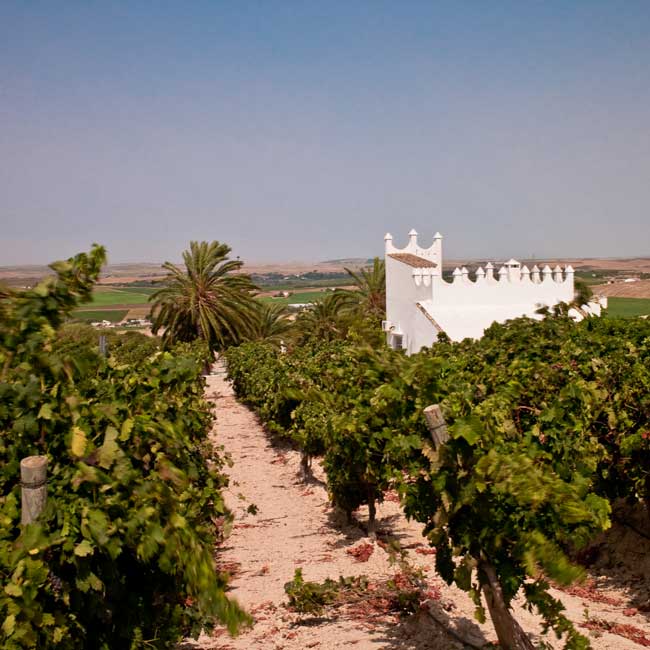
Wine Spectator Grand Award winning-sommelier Rubén Sanz Ramiro of Sweden’s PM & Vänner hotel plans to host a tasting of unfortified wines from the Cádiz province in Stockholm. He explains why:
“Over the last ten years or so, the Sherry region has been given renewed energy through the creation of wines that complement the historic wines of the area, as well as reinterpreting the essence of the region, its vineyards and grape varieties.”
Rubén went on to explain why he believes these wines are of great value in helping to understand sherry:
“Many of these wines place greater emphasis on the vineyard – the pago – rather than the winery and ageing categories. Some producers are going back in time to re-embrace ancient practices in the vineyards that had almost been lost and using varieties that had all but disappeared after phylloxera. There has also been a reintroduction of styles such as reds made from the native Tintilla variety as well as the opening of promising new avenues such as sparkling wines – bearing in mind the similarities between the region’s chalky albariza soil and that of Champagne.”
Growing international markets
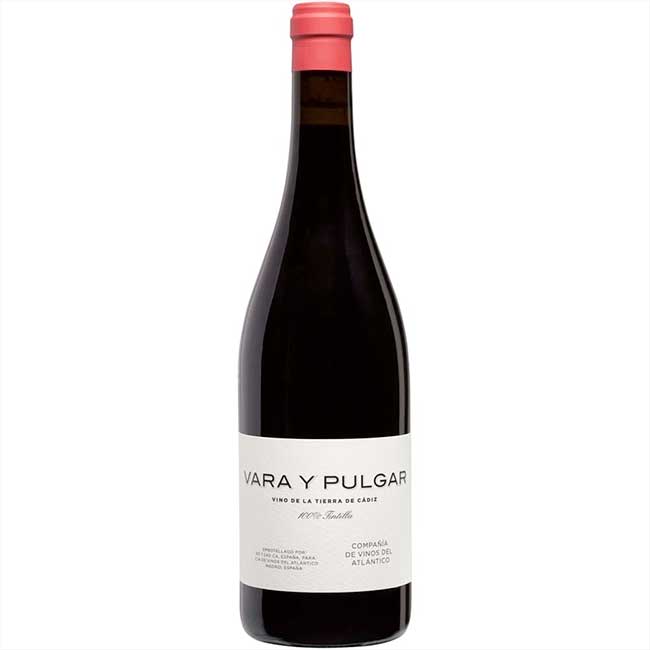
When Patrick Mata of Olé & Obrigado Imports in the USA (Wine & Spirits 2020 Importer of the Year) was asked what his go-to wines would be if he was ever to be stranded on a desert island, he said that alongside Manzanilla and Albariño, he would bring, “My latest favorite, Vara Y Pulgar 2016, made with 100% Tintilla grapes in Cádiz by Alberto Orte.” This wine from Vinos del Atlántico featured in critic Eric Asimov’s list of the top 20 wines under $20 in the New York Times in both 2019 and 2020.
While the Russian market for premium Spanish wines is quite small, Russian influencer Ilya Kirilin (@garnacha_man) says that a group of importers is working to make Spain fashionable among sommeliers and enthusiasts, with some importing unfortified wines from the Sherry region:
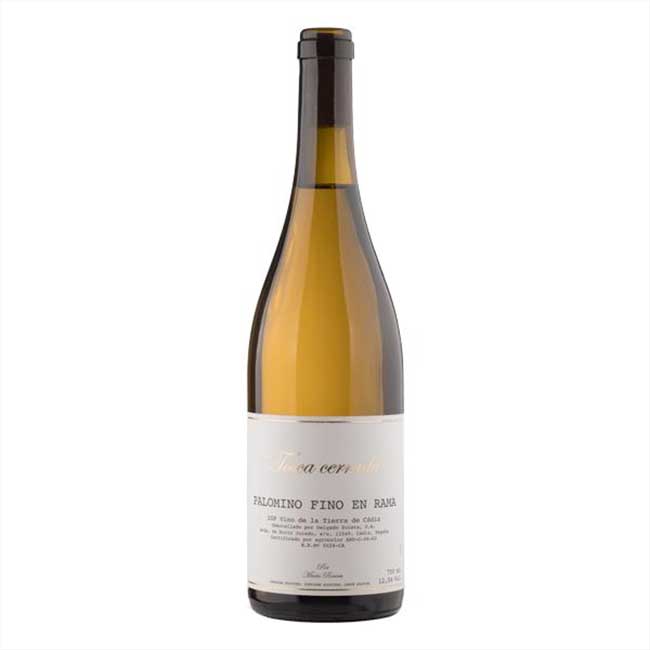
“Yury Kuznetsov, the Spanish wine buyer at Marin Express, who imports Tosca Cerrada from Akilia & Delgado Zuleta, believes unfortified wines have a future here as we know sherry quite well but for some people the alcohol content is too high. […] The important thing is that these producers are talking about terroir, the chalky soil and Palomino as a great variety, rather than neutral and uninteresting. One of these wineries is Muchada-Leclapart; their wines are present in the WineHall Company, owned by Grigory Chegodaev, winner of Russia’s Best Sommelier 2019. They started importing Palominos from Cádiz less than a year ago and early sales were quite encouraging, with a focus on restaurants.”
Ilya gives his opinion on the wines, “Although I haven’t had the chance to taste that many unfortified wines from Cádiz, everything I’ve tried has been magnificent! Tosca Cerrada is very easy to drink, you have a lot of freshness but at the same time it has body and touches of salinity and oxidation. Here, we drink quite a lot of orange wines from Georgia and Italy and it tastes a lot like them, although more delicate. Muchada Leclapart also makes excellent wines, full of energy, minerality, with their own character. I would love to taste some more, here we talk a lot about Willy Pérez and Ramiro Ibañez.”
Palomino in a new light
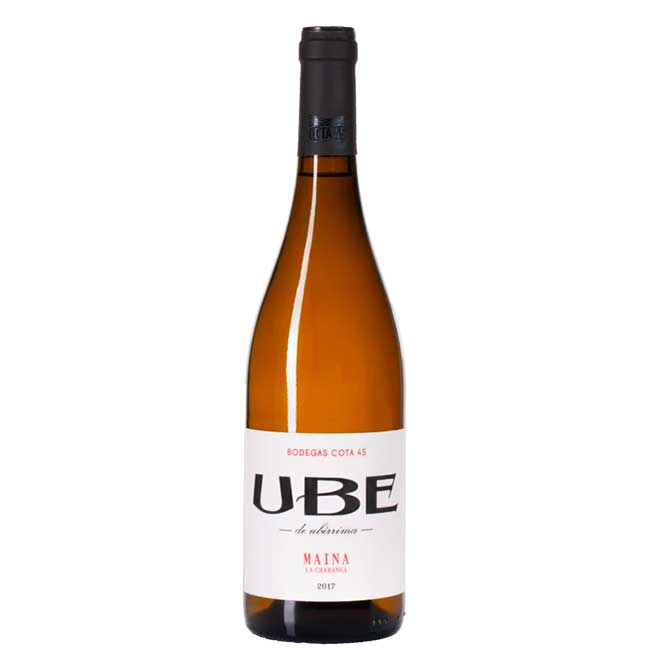
Friends and colleagues Willy Pérez and Ramiro Ibañez are often credited with leading the revival with a terroir-led approach and a return to unfortified wines. They are involved in multiple projects, which include Bodegas Luis Pérez, set up by Willy Perez’s and his father Luis, a professor of oenology at the University of Cádiz and former winemaker at Domecq, in 2002. They don’t fortify their wines, which are made from a range of red and white native varieties.
Oenologist Ramiro Ibáñez runs Cota 45, making a range of unfortified Palomino wines called UBE from three different pagos – Maina, Carrascal and Miraflores – each of which has a slightly different type of albariza soil.
The importer of these wines into Germany, Daniel Varela of VINIBERICA, explains that, “These wines represent a return to the origin, when wines weren’t fortified in the Sherry region. They help you understand the parcels. They are very interesting for pairing - particularly with oysters or fried fish. Ube Miraflores is one of most successful in this market - it has touches of sherry-like flavors with freshness, salinity and lightness - just 11% - and listings include the 3 Michelin Star Hotel Bariess in the Black Forest and Michelin-starred Eins Unter Null in Berlin.”
Another project that Ibañez has been involved in is Bodegas Callejuela, described by Jancis Robinson MW in 2019 as “Just the sort of producer who can rescue sherry from the doldrums.” Created by the Blanco brothers - vineyard-owing “mayetos,” who used to sell their wines to other sherry bodegas, they now make their own range that includes three unfortified Palominos from different pagos, aged in Manzanilla casks. These really show the influence that the vineyard has on sherry - from the lightness, freshness and salinity of Hacienda de Doña Francisca from the coastal Pago de Callejuela, to the mineral, savoury La Choza from Pago Macharnudo, and the richer fruity spice of Las Mercedes from Pago Añina.
Ancient white varieties
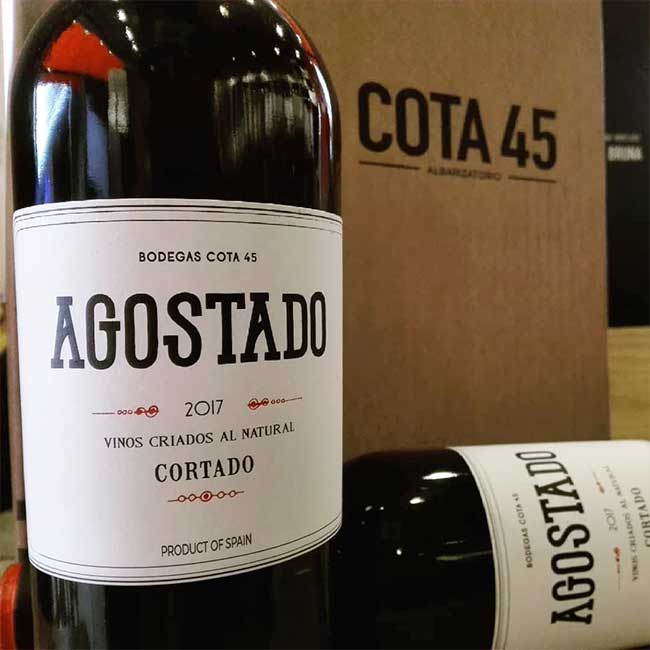
Palomino may be the most widely grown grape in the region, but prior to phylloxera, it was just one of over 40 varieties. Ramiro Ibáñez is also rediscovering some of these almost extinct native varieties. His Agostado (formerly known as Encrucijado) is an unfortified blend of the thicker-skinned, late harvesting Perruno and Uva Rey with 20% Palomino. Described by the producer as an “old-fashioned Palo Cortado”, it shows complex savory notes of both flor and nutty oxidation, and German importer Daniel Varela says it is served in high-end restaurants with cheese.
The Albarizas de Trebujena cooperative makes the golden-hued Bijuré from a traditional mixture of grapes known locally as “Vidueño” including the exotically named Mantúa and Cañocazo grown on albariza soils and co-fermented in old sherry butts.
The Compañía de Vinos del Atlántico also uses the ancient Vijiriega grape variety in its Átlantida white wine, although it had to go to the Canary Islands for cuttings as, like many other varieties, it had disappeared from Andalucía.
Dry Pedro Ximénez
Pedro Ximénez may be better known than some of the aforementioned grapes, but it is usually associated with treacle-like sherries. However, dry wines are being made from the grape by wineries like Bodegas Forlong who launched a white in 2013 that blends 90% Palomino with 10% Pedro Ximénez.
Historic sherry winery Ximénez-Spínola has gone one step further and makes a surprising dry wine from 100% Pedro Ximénez grapes through slow fermentation – so called as the sugar content makes it so hard to ferment the must to dryness that the winery has to refresh each barrel with 30 liters per day until it reaches around 14% alcohol. The result is a full-bodied, complex and food-friendly wine, which I enjoyed paired with a foie coca in Madrid’s Michelin-starred Lúa.
Tintilla de Rota
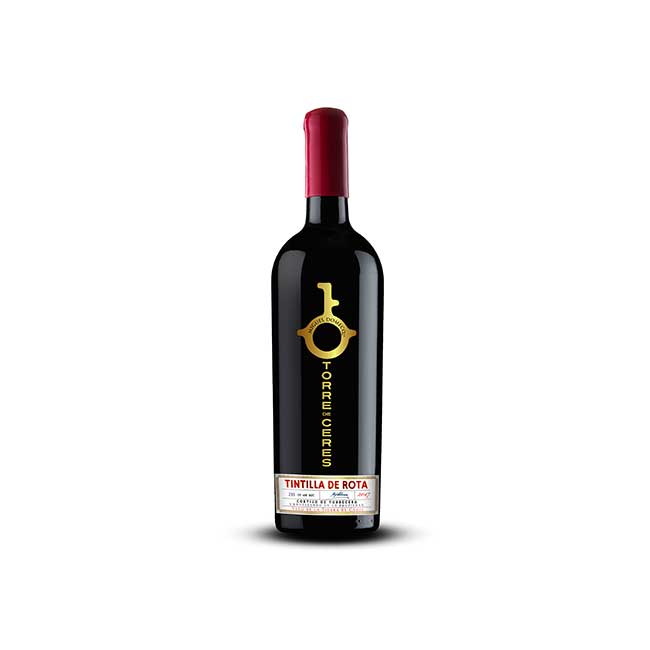
Red grapes were planted all over the region a century or so ago and the key variety is Tintilla de Rota, found to share its DNA with Rioja’s Graciano grape.
Gonzalez Byass makes a traditional Tintilla de Rota in its Finca Moncloa estate, as Vicky González Gordon explains, “We use Tintilla de Rota as part of the coupage for our dry reds to add a touch of depth and sweetness to the blend, but our real star is the Tintilla de Rota sweet red wine. It is made using the soleo method to concentrate the grapes to give a delicious, sweet, red dessert wine. These wines were made in the region in the 18th and 19th century but fell out of favor as the dry, Fino style Sherry grew in popularity. In fact, the method we use to make this wine is based on descriptions about Tintilla de Rota wines from our company Historical Archive, which dates back to 1835.”
Tintilla de Rota also makes unique dry wines. Aside from the previously mentioned Vara y Pulgar, Bodegas Miguel Domecq makes a superlative example, the explosively fruity Torres de Ceres Tintilla de Rota, which combines smoky, mineral notes with the toast and spice of French oak.
International styles
International varieties are also grown here, both on Gonzalez Byass’s Finca Moncloa and Miguel Domecq’s Torrecera estates. The latter uses Chardonnay to create both still wines and an award-winning traditional method sparkling wine called Talayón Brut. These combine the ripe tropical fruit character of this warm region with what Miguel describes as “a slightly saline personality given to the grapes by the albariza soil.”
Miguel sees himself as “only reinstating something that already has a very long tradition,” as unfortified wine has been produced in Cádiz since the time of the Phoenicians, before anywhere else in the west.
Text: Anna Harris-Noble

